Admiralty Islands On Los Negros the US forces eliminate some small Japanese units that have infiltrated their lines during the night. Steps are also taken to strengthen the perimeter while waiting for reinforcements. In the evening the Japanese attack again but are unable to break the American lines. Their efforts go on all night.
Gen Walter Krueger, commanding the US 6th Army, orders Gen Innis P. Swift, commander of the 1st Cav Div, to proceed with the occupation of the whole archipelago to secure sites for air and naval bases.
[  | |   ] ]
Air Operations, CBI
BURMA
- 56 10th Air Force P-51s and A-36s attack troops and dumps at Sawnghka. 8 P-40s attack a bridge at Namkwin. 4 P-40s attack the airfield at Myitkyina.
CHINA
- 14 341st Medium Bomb Group B-25s and 16 14th Air Force P-40s attack Nanchang.
[  | |   ] ]
Air Operations, Europe
RAF BOMBER COMMAND
Evening Ops:
- 557 aircraft are sent to Stuttgart. In this total are 415 Lancasters, 129 Halifaxes and 13 Mosquitos.
- Thick clouds on the routes to and from the target area make it difficult for the German fighters to get into the bomber stream.
- 3 Lancasters and 1 Halifax are lost.
Other Ops:
- 18 Mosquitos attack airfields in Holland, 11 Mosquitos make a diversionary raid to Munich, there are 6 RCM Sorties and 10 Serrate patrols. 1 Mosquito is sent to a flying-bomb site, 10 Halifaxes and 1 Stirling are on Resistance operations, and there are 16 OTU sorties.
US 12th AIR FORCE
ITALY:
- XII Air Support Command P-40s attack motor vehicles and gun emplacements in support of the US 5th Army.
- XiI Air Support Command P-47s attack a vessel in the Adriatic Sea.
[  | |   ] ]
Air Operations, New Guinea - As the weather clears over the Admiralty Islands, nearly 30 V Bomber Command B-24s and B-25s attack Los Negros Island and Lorengau (Manus Island) throughout the day. 375th Troop Carrier Group B-17s air-drop 3 tons of supplies, including blood and plasma, to US Army ground forces on Los Negros.
- More than 100 B-24s, B-25s, and A-20s, with a heavy fighter escort and RAAF bombers, attack the airfields in the Wewak area, Awar Point, Hansa Bay, and Japanese Army ground defenses at Alexishafen, Madang, and Saiba.
[  | |   ] ]
Battle of the Atlantic - U-709 is sighted by an aircraft from the US carrier USS Block Idland only 20 miles from the carrier on the evening of February 29th. Just after 2100 the destroyer escort Bronstein illuminates the U-boat on the surface. U-709 dives quickly hastened by a barrage of gunfire, 2 Hedgehog salvos from Bronstein and more Hedgehogs and depth charges from destroyer escords Thomas and Bostwick. A final deep-set pattern was delivered by Thomas on the morning of March 1st. Following the explosions, breaking-up noises are heard and wreckage appears on the surface.
U-709|
| Class | Type VIIC |
| CO |
Oberleutnant Rudolf Ites |
| Location |
Atlantic, N of the Azores |
| Cause |
Depth charge |
| Casualties |
52 |
| Survivors |
None |
- The German submarine U-603 is sunk by the US destroyer escort Bronstein (DE-189) in the North Atlantic area. The Bronstein (DD-189) and the destroyer escorts Thomas (DE-102) and Bostwick (DE-189) together sink the German submarine U-709 in the same area.
U-603|
| Class | Type VIIC |
| CO |
Kapitänleutnant Joachim Bertelsmann |
| Location |
Atlantic, N of the Azores |
| Cause |
Depth charge |
| Casualties |
51 |
| Survivors |
None |
|
U-358|
| Class | Type VIIC |
| CO |
Kapitänleutnant Rolf Manke |
| Location |
North Atlantic |
| Cause |
Gunfire/depth charge |
| Casualties |
43 |
| Survivors |
1 |
|
- U-358 sinks the British frigate Gould north-northeast of the Azores with the loss of 123 of her crew. There are 14 survivors. After being submerged for 38 hours and enduring several depth charge attacks, U-358 is forced to surface and is then sunk by gunfire from the British frigate Affleck with the loss of 50 of her crew of 51.
[  | |   ] ]
CBI
BURMA
The 88th Regiment of the Chinese 30th Division, NCAC (Northern Combat Area Command - Burma), leaves Ledo for Shinbgbwiyang.
[  | |   ] ]
Eastern Front The Soviets capture Rossaki, near Pskov. They also break the German defenses south of Narva.
NORTHERN SECTOR
The 42nd and 67th Armies close in upon Pskov. The offensive since January 14 has cost the Leningrad Front 56,500 killed and 170,000 wounded.
[  | |   ] ]
Germany, Home Front Jägerstab (Fighter Staff) is set up under Saur of Speer's Armaments Ministry to boost production of Me-109 and FW-190 to unprecedented levels. Many new assembly lines are established in salt mines and tunnels. Component stockpiles are to be used up. Plans for large-scale production of the Me-262 are abandoned.
German slave labor chief Fritz Sauckel says there are five million foreign workers in Germany, 200,000 of them voluntarily.
[  | |   ] ]
Italy The German offensive against the Anzio beachhead is contained. On the right flank of the Allied line an attempted breakthrough in the Ponte Rotto sector is thwarted by the American 3rd Div.
[  | |   ] ]
Italy, Home Front There is a political strike in Turin. Over 100,000 workers cease work, paralyzing what little war production the factories are still able to turn out for the German occupation forces and the small army of the Italian Socialist Republic.
[  | |   ] ]
Western Front Field Marshal Rommel arrives in northern France to take command of the German forces poised to repel the expected invasion of Europe. He intensifies the erection of the 'Atlantic Wall' using troops as laborers.
[  | |   ] ]
Images from March 1, 1944
Snow at Waddington
|
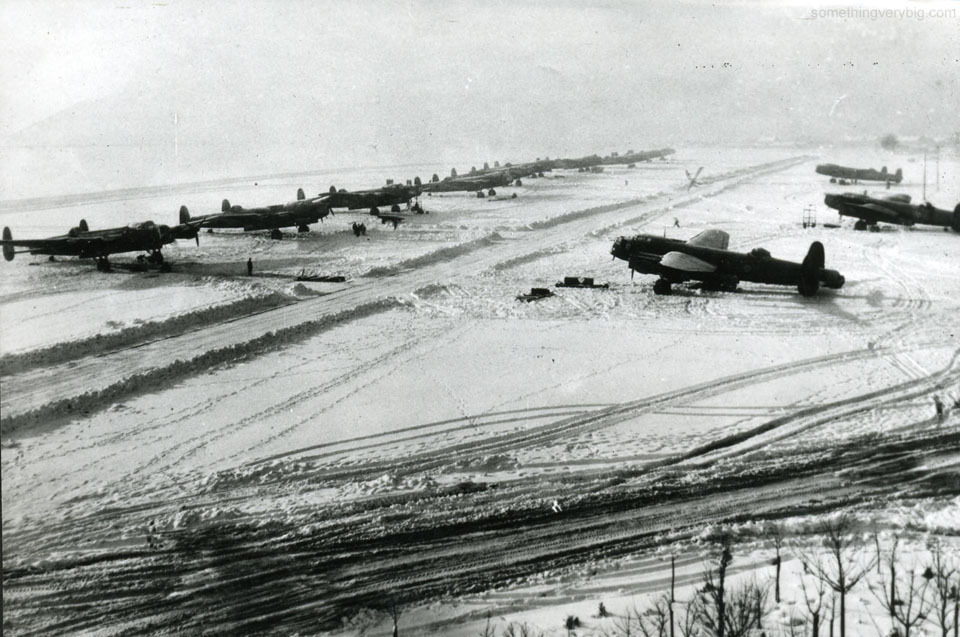 |
|
Bombing Up for Operations
|
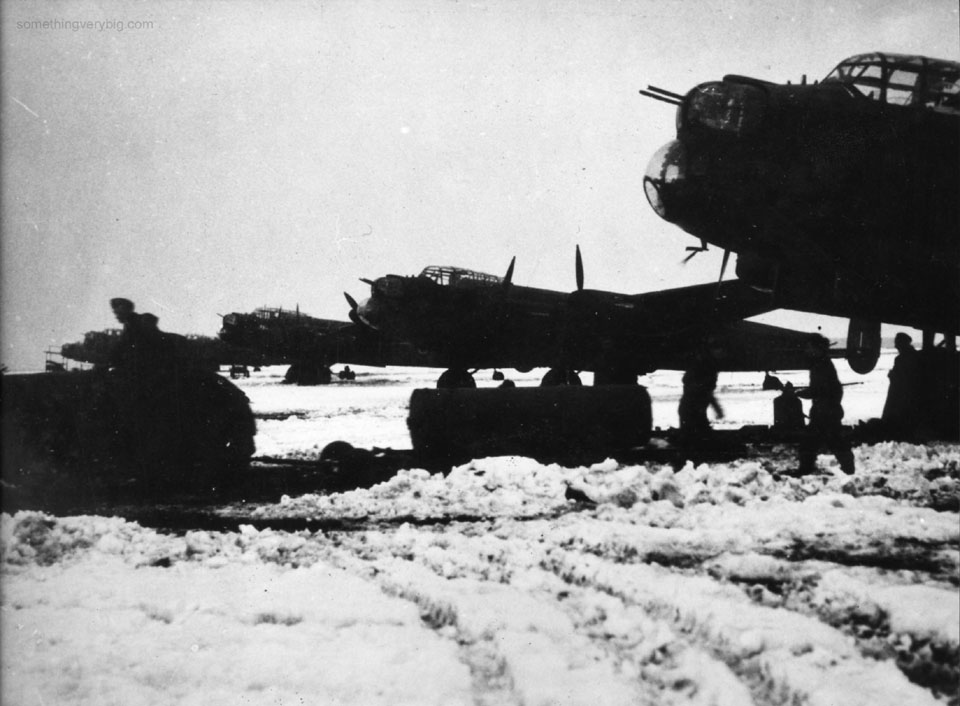 |
|
First Flight of the Horten Ho 229
|
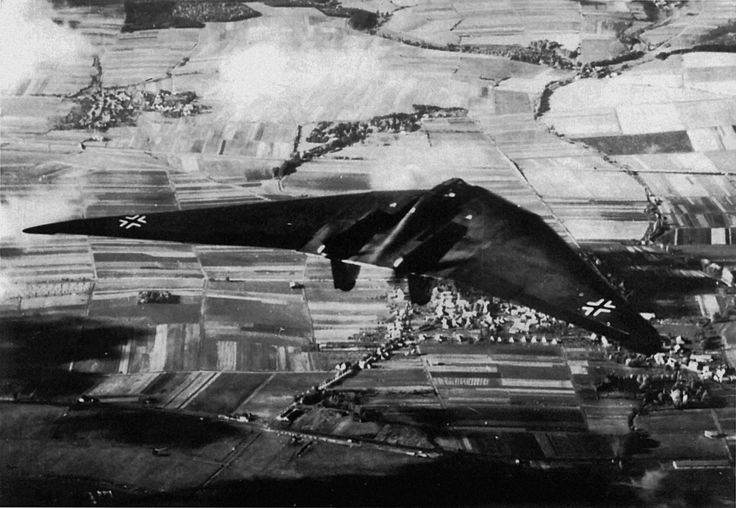 |
|
Exhausted German Soldiers with a Tiger 1
|
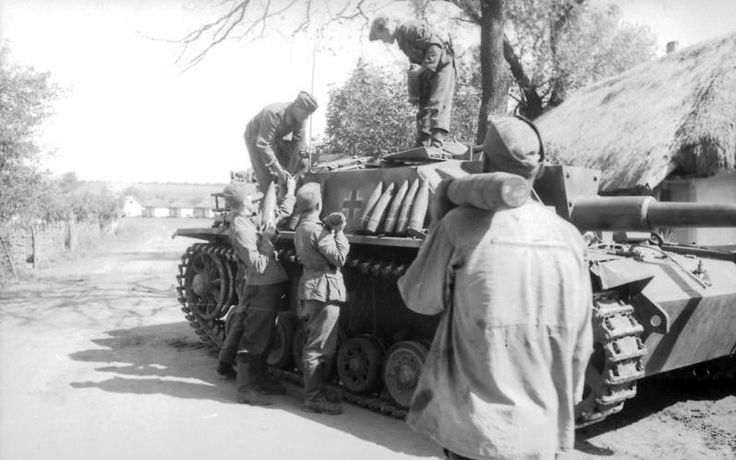 |
|
Two Crew Members of a Sherman Tank
|
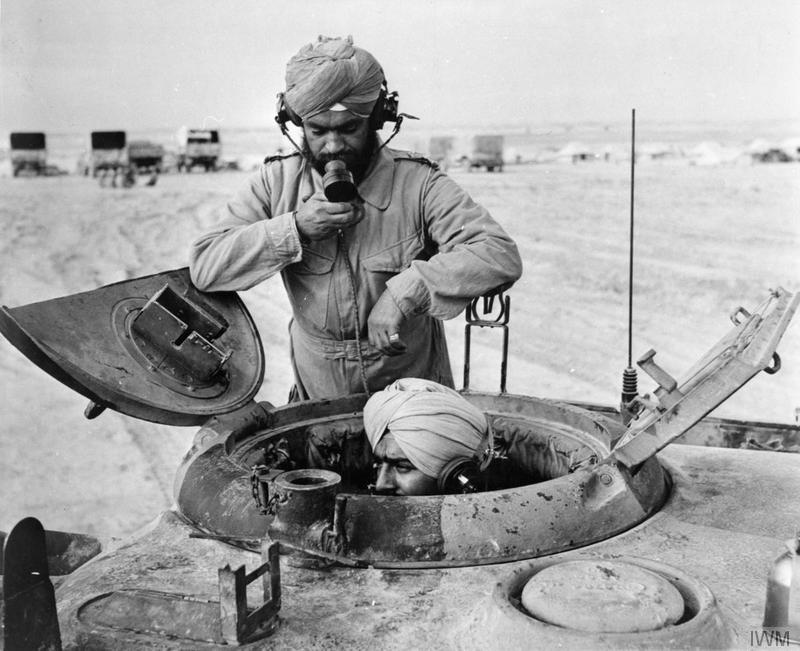 |
|
Elefant Number 114
|
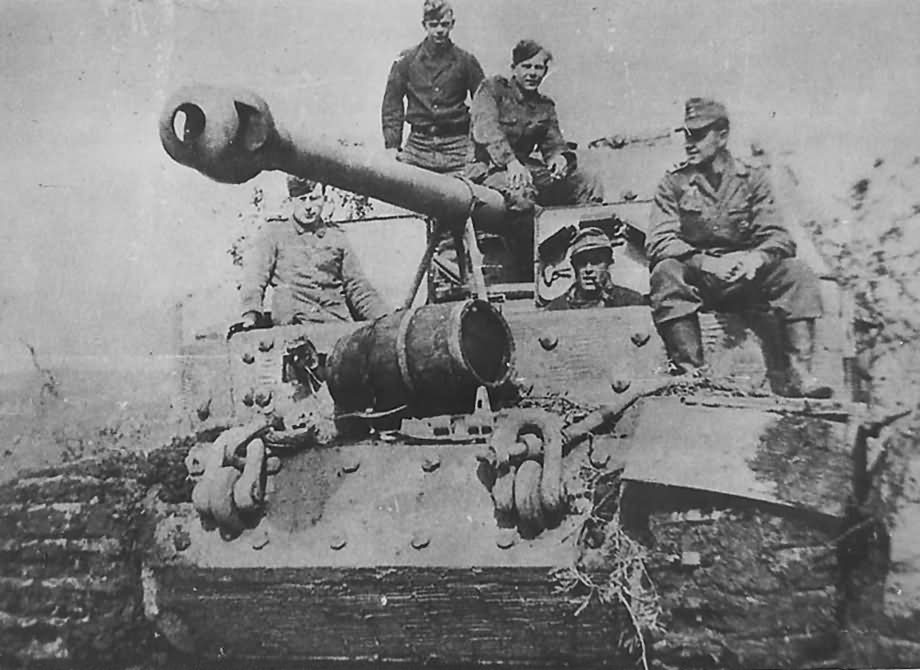 |
|
Restricted by Roads that Dissolved into Mud
|
 |
|
Climate Brings the Fighting to a Virtual Standstill
|
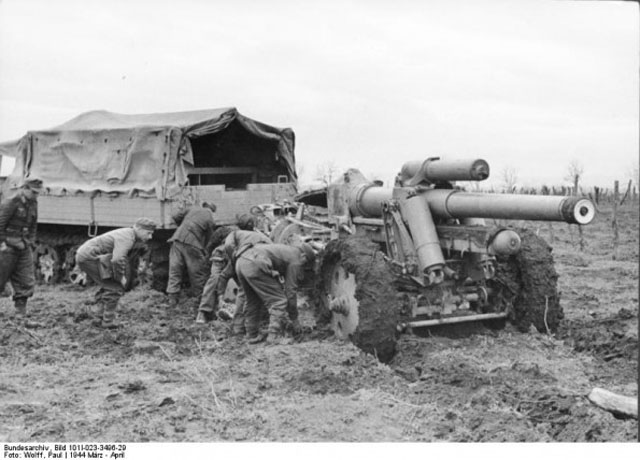 |
|
|







